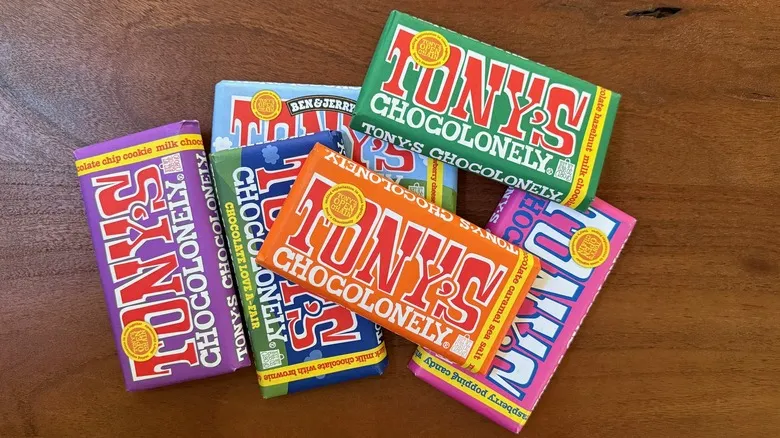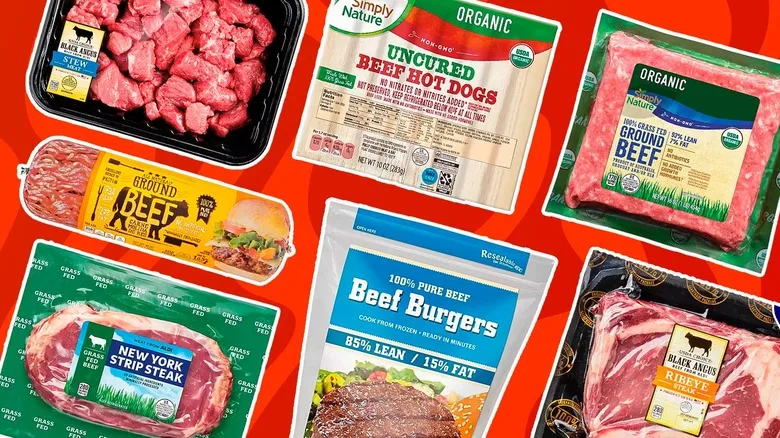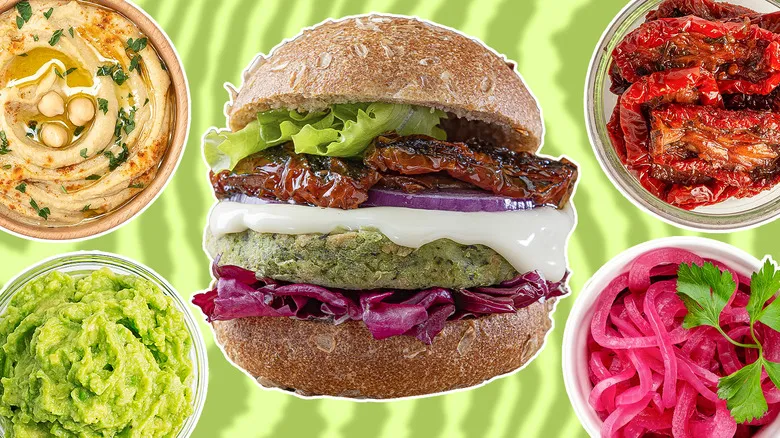Proximity also plays a role

It's not only the items labeled as "on sale" that experience a surge in sales during such situations. The products surrounding them often sell out more quickly as well. For instance, when a store offers a popular pasta sauce at a discounted price and highlights the sale with a red tag, both the red tag and the discounted item attract shoppers' attention. However, the items nearby also benefit from this attention, even if they aren't marked down (whether the discount is genuine or not). When consumers are looking to save money, they perceive price in relation to the other products around it rather than as an absolute figure. Retail strategists leverage this insight to encourage additional purchases. By arranging their displays in this manner, they effectively engage in "comparison shopping" for the customer, although this strategy often does not work in the buyer's favor.
Due to the proximity principle, shoppers tend to buy more of all items, not just the discounted product. This principle also applies when comparing sale prices to unit prices, which indicate the cost per ounce of an item. For example, if two brands of salad dressing are placed next to each other on the shelf, one priced at $2.50 and the other at $3.50, the unit prices might be 20 cents and 10 cents, respectively. This means that the $3 bottle is actually cheaper per ounce than the $2 bottle, despite its higher price tag.
Other ways you're tricked

If you've ever gone shopping and noticed signs displaying both member and non-member prices, you've witnessed this concept in action. Member prices are usually significantly lower, sometimes even by half. However, the main issue with memberships relates to how often you shop. Imagine you're running errands in an area you don't usually frequent, and suddenly remember you need coffee. You stop by a grocery store that offers a membership program. You discover this when you check the price of a bag of coffee. A 24-ounce bag costs members $12, while non-members pay $30.
When you go to pay, the cashier offers you a $120 annual membership to help reduce the cost, explaining that with the price difference, it would pay for itself in just six or seven visits. However, if you don't shop at that store frequently enough to justify the membership fee, you'll end up spending less even if you pay $30 for the coffee. In reality, you might be better off with a monthly coffee subscription, which often includes perks. Plus, every time you drive out of your way to shop at that store just to save on coffee, you're wasting gas money, so it all balances out in the end.
Recommended

We Tried And Ranked Every Flavor Of Tony's Chocolonely Chocolate Bars

5 Cuts Of Beef To Buy At Aldi And 5 To Avoid

How To Buy Meat For Impressive Homemade Steak Tartare

13 Toppings That Will Make Your Plant-Based Burger Shine
Next up

